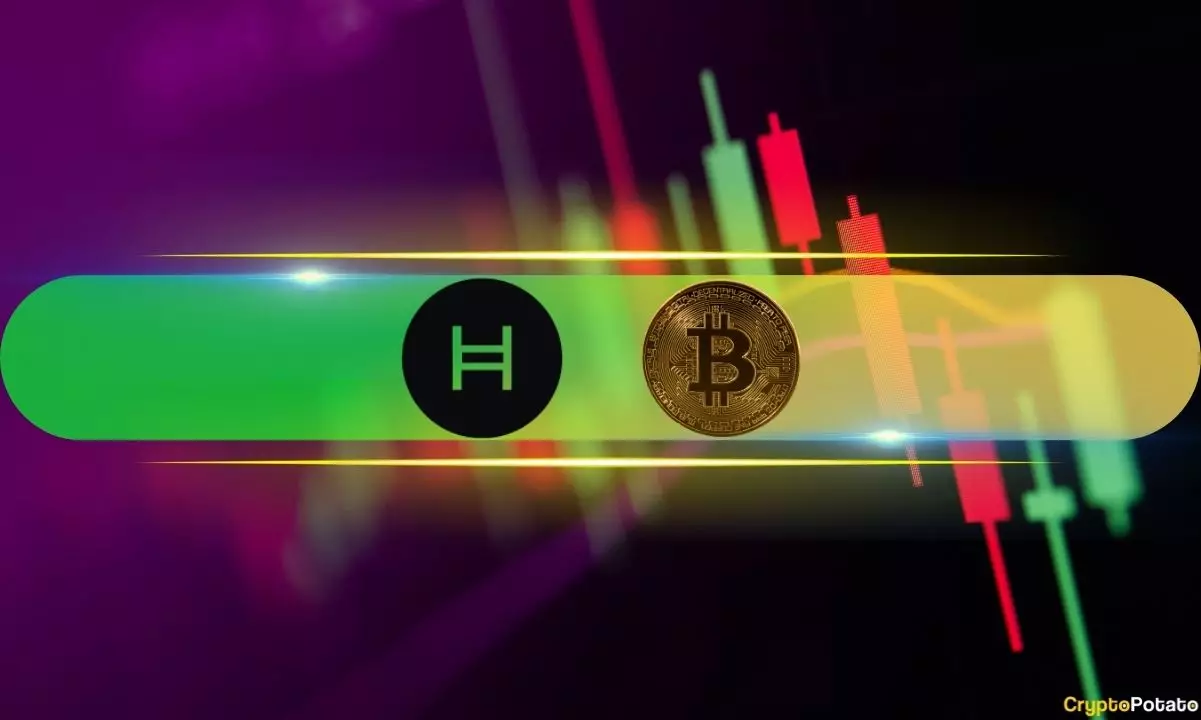In the aftermath of Bitcoin’s recent explosive rally, the cryptocurrency market appears to be in a state of cautious pause. While many investors might interpret this as mere consolidation, a closer examination suggests it could mark the beginning of a more significant shift driven by renewed institutional interest and evolving macroeconomic factors. The digital gold’s brief trading lull disguises underlying market forces that threaten to redefine asset hierarchies and investor behavior. In an era where volatility has become a double-edged sword, Bitcoin’s resilience during this period is as noteworthy as its recent surge, implying a foundational change in how the market perceives digital assets.
Major Rally and Its Implications
From Wednesday to Friday, Bitcoin shattered its previous all-time high, pushing past $110,000 and soaring toward $119,000 within less than 48 hours. This sudden spurt was not merely a fluke but the result of a convergence of factors—market sentiment turning bullish, perceived safe-haven status amid geopolitical uncertainties, and institutional legitimization. The rally’s magnitude suggests that Bitcoin is shedding its speculative veneer and positioning itself as a core component of modern portfolios. This is a critical juncture where traditional capital begins to substantially assign value to Bitcoin’s scarcity and decentralization, challenging the conventional asset classes and even some government-backed currencies.
Altcoins Breaking Free and Market Polarization
Interestingly, while Bitcoin’s momentum shows signs of stabilization, select altcoins like Stellar (XLM), HBAR, and BONK are experiencing extraordinary gains that outpace the king coin. These tokens, often overlooked or dismissed as fringe projects, are demonstrating that selective investor confidence is bypassing Bitcoin’s dominance. XLM’s weekly gains of over 85% and HBAR’s 50% rise reveal a market eager to diversify into smaller assets with high growth potential. However, this divergence also exposes a polarization: Bitcoin offers stability, yet altcoins like BONK suggest an appetite for higher risk, higher reward, which might not be sustainable in the long run but reveals a willingness among traders to seek out non-traditional assets for outsized gains. Such behavior hints at a maturing market that recognizes altcoins as more than just speculative tokens—they are becoming integral to a balanced crypto portfolio.
Macroeconomic Catalysts and the Market’s Future Shape
The rally did not occur in isolation. Global economic tensions, from trade disputes to geopolitical unrest—highlighted by recent tariffs—have turned investors toward Bitcoin’s un-correlated nature. Institutional players are increasingly viewing Bitcoin as a hedge against inflation and currency devaluations, a narrative gaining ground amid rising inflationary pressures and currency instability. This shift underscores a broader acceptance from mainstream financial actors, moving beyond crypto enthusiasts to institutional investors who see Bitcoin as a de facto reserve asset. Such institutional backing implies a long-term structural change rather than a fleeting speculative trend. Consequently, the crypto market could shift from its previous volatile, volatile frenzy into a more mature asset class, with Bitcoin sitting at the center of a new economic paradigm that champions digital assets within traditional portfolios.
In the end, Bitcoin’s recent rally and the accompanying market dynamics reveal more than just short-term gains—they suggest a transformative period where digital assets are gradually embedding themselves into the global financial fabric. While volatility remains, the signs point to a market that is maturing, reshaping itself around principles of scarcity, security, and institutional legitimacy. This isn’t merely a bull run; it could be the foundation of a new monetary order.
















Leave a Reply